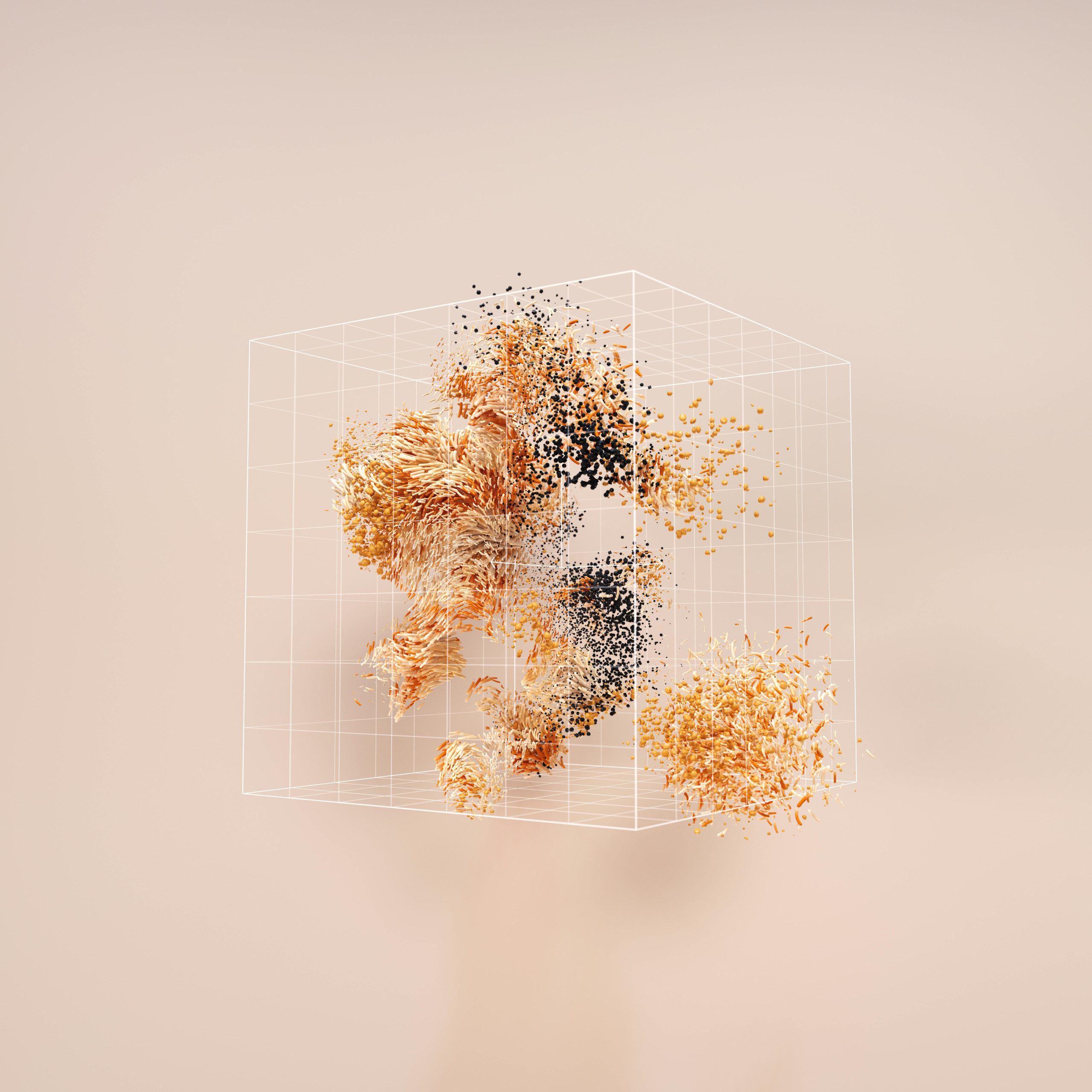I don’t think AI is going to make disinformation worse.
Understanding the Impact of AI on Disinformation: A Balanced Perspective
In recent discussions about artificial intelligence and its role in spreading false information, a common concern has emerged: will AI amplify the proliferation of disinformation, making it more pervasive and harder to discern?
Many fear that as AI-generated content becomes more widespread, the volume of misinformation will skyrocket, flooding social media platforms with fabricated or misleading material. Observations point to the increased presence of low-quality, AI-produced posts—often described as “slop”—across digital channels, which naturally leads to worries about an impending surge in disinformation.
However, upon closer examination, this assumption may overstate the issue. Imagine yourself spending time on a social media platform like TikTok. Regardless of whether the content is created by humans or generated by AI, most users typically view around 100 to 150 short videos in a browsing session. Introducing AI-generated content doesn’t necessarily increase the quantity of material you consume; it simply adds variation to what you already see.
Furthermore, the vast majority of information we encounter—whether from humans or AI—is already characterized by enormous volumes of content, most of which is benign or entertainment-focused. The addition of AI-produced disinformation, even on a massive scale, may not significantly alter the overall landscape of information that reaches the average user. Our attention tends to gravitate toward certain formats: funny videos, viral fails, emotional stories, or political commentary—regardless of how they’re produced.
It’s also important to recognize how disinformation can be subtly packaged. For example, edited or manipulated clips of politicians or celebrities, often shared with provocative captions or in specific contexts, can influence perceptions without appearing overtly false at first glance. AI can facilitate this kind of nuanced framing, making disinformation less obvious but not necessarily increasing its overall prevalence beyond current levels.
Skeptics might argue that AI will produce convincing fake media—deepfake videos of public figures or manipulated audio that could sway opinions or incite misinformation campaigns. While this is a valid concern, in the grand scheme, the impact might be limited. The scale of existing human-generated disinformation and the way audiences consume media means that these additions may not drastically shift the overall information environment.
In summary, although AI has the potential to generate sophisticated disinformation, its effect on the total volume of misleading content available to the average person might be less dramatic than some fear. Our attention spans, content preferences, and existing information intake play significant roles in shaping how much false














Post Comment